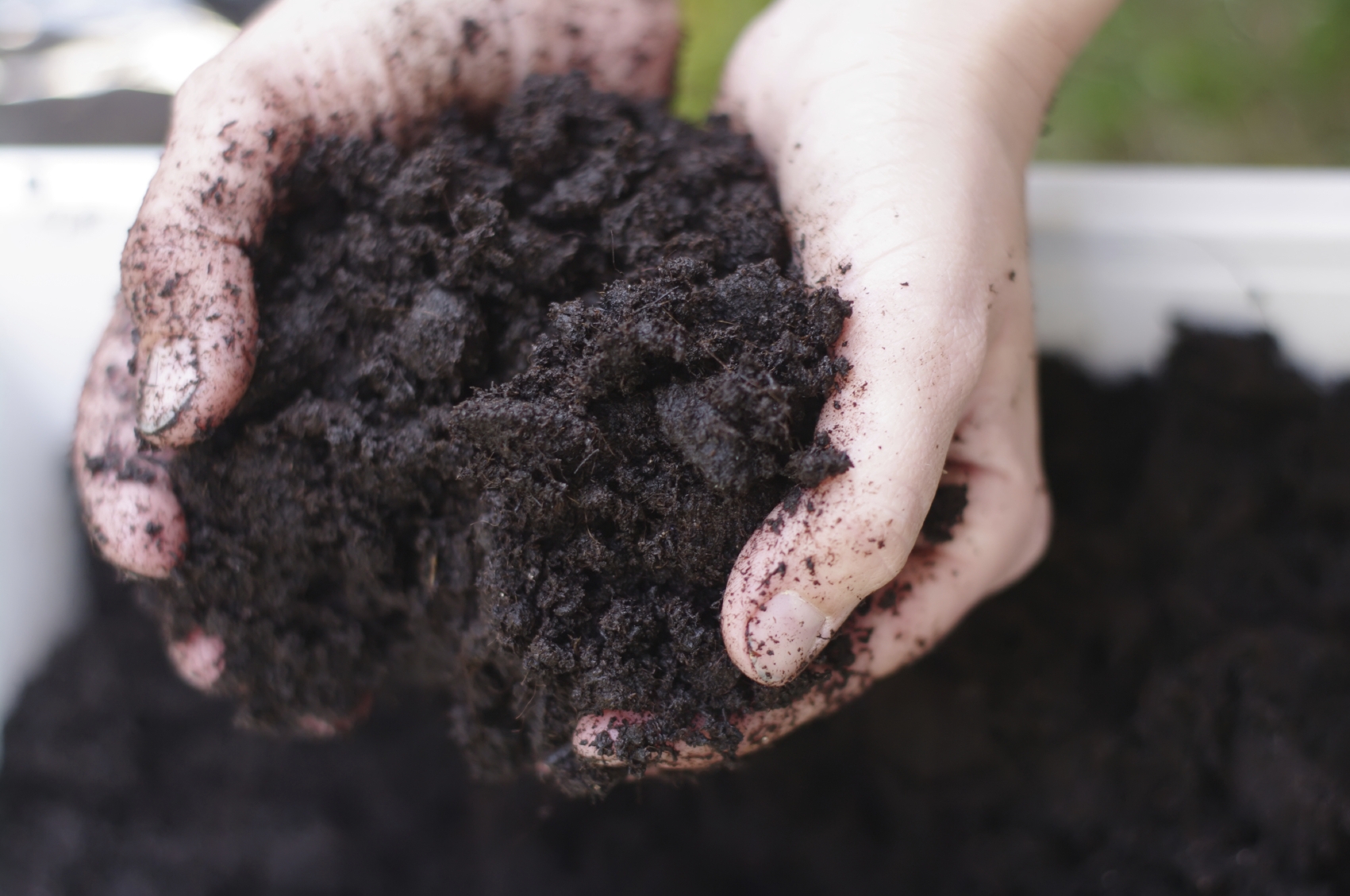

Articles
What Is Garden Soil
Modified: August 28, 2024
Discover the importance of gardening with quality garden soil. Learn how to choose, prepare, and maintain the perfect soil for your garden. Enhance your gardening experience today!
(Many of the links in this article redirect to a specific reviewed product. Your purchase of these products through affiliate links helps to generate commission for Storables.com, at no extra cost. Learn more)
Introduction
Gardening is not only a popular hobby but also a therapeutic and rewarding activity for many people. Whether you have a small backyard garden or a spacious vegetable plot, one thing remains constant – the importance of garden soil. While it may seem like a simple element, garden soil plays a crucial role in the success of your plants and the overall health of your garden.
Garden soil refers to the top layer of the Earth’s surface that supports plant growth. It is a dynamic and living ecosystem, teeming with microorganisms, nutrients, and organic matter that create an ideal environment for plants to thrive. Understanding the composition and characteristics of garden soil is fundamental to cultivating a healthy and productive garden.
In this article, we will explore the definition and importance of garden soil, discuss its components and types, and provide insights on how to test, amend, and maintain healthy garden soil. By the end, you will have a comprehensive understanding of this fundamental element and be well-equipped to create the optimal conditions for your plants to flourish.
Key Takeaways:
- Nurturing healthy garden soil is essential for vibrant, productive plants, and bountiful harvests. Understanding its composition, testing, and ongoing maintenance is key to successful gardening.
- By prioritizing the health of your garden soil, you create an environment where your plants can flourish, producing beautiful blooms, flavorful vegetables, and abundant harvests.
Read more: Best Garden Rake for Smoothening Soil
Definition of Garden Soil
Garden soil, also known as topsoil or earth, is the uppermost layer of the Earth’s surface that is rich in nutrients, organic matter, and microorganisms necessary for plant growth. It is the foundation upon which your garden thrives and provides essential support for the roots, moisture retention, and nutrient uptake. Garden soil is not just dirt; it is a complex mixture of various components that interact to create a conducive environment for plant growth.
Healthy garden soil consists of a balanced combination of sand, silt, clay, organic matter, air, and water. Each of these components contributes to the soil’s texture, drainage, and fertility. Sand particles are larger and provide good drainage, allowing water to flow through more easily. Silt particles are medium-sized and have a finer texture, while clay particles are the smallest and have the highest water retention capacity. The right balance of these particles contributes to an optimal soil structure and texture.
Organic matter, such as decomposed plant material, adds vital nutrients to the soil and improves its ability to retain moisture. Microorganisms, including bacteria, fungi, and earthworms, break down organic matter and create a healthy soil ecosystem. These microorganisms contribute to nutrient cycling and nutrient availability to plants.
In summary, garden soil is the foundation for successful gardening. It is a dynamic and living system that provides the necessary nutrients, support, and environment for plants to grow, blossom, and produce a bountiful harvest. Understanding the composition and characteristics of garden soil is crucial for creating the ideal conditions for your plants to thrive.
Importance of Garden Soil
Garden soil is the lifeblood of any successful garden. Its importance cannot be overstated, as it directly impacts the health, growth, and productivity of your plants. Here are some key reasons why garden soil is essential:
- Nutrient Supply: Garden soil serves as a reservoir of essential nutrients that plants need to grow and thrive. These nutrients include macronutrients like nitrogen, phosphorus, and potassium, as well as micronutrients like iron, manganese, and zinc. As plants extract these nutrients from the soil through their roots, a healthy soil nutrient supply ensures proper growth, development, and resilience against diseases.
- Water Retention and Drainage: Proper water management is crucial for plant health, and garden soil plays a critical role in this regard. It can retain water to provide moisture to plants during dry periods and prevent waterlogging by allowing excess water to drain away. The ability of soil to retain and release water in the right quantities is essential for maintaining optimal soil moisture levels.
- Root Support: Garden soil provides a stable and supportive environment for plant roots. Strong and healthy roots are essential for anchoring plants in the ground, extracting water and nutrients, and supporting above-ground growth. The structure and texture of the soil affect root development and penetration, leading to healthier and more resilient plants.
- Microbial Activity: Garden soil is teeming with beneficial microorganisms that play a crucial role in nutrient cycling and plant health. These microorganisms break down organic matter, release nutrients, and contribute to the overall fertility of the soil. They also help control harmful pathogens and pests, promoting a balanced and healthy garden ecosystem.
- Soil pH and Balance: The pH level of garden soil, which measures its acidity or alkalinity, directly affects plant growth and nutrient availability. Different plants thrive in different pH levels, so understanding and managing the pH of your garden soil is essential for growing specific types of plants. Additionally, maintaining a balanced soil composition ensures optimal nutrient availability and uptake.
In summary, garden soil is the foundation of a thriving garden. It provides the necessary nutrients, water retention, root support, and microbial activity that are essential for healthy plant growth. By understanding and optimizing the quality of your garden soil, you can create the optimal conditions for your plants to flourish and yield a bountiful harvest.
Components of Garden Soil
Garden soil is composed of several key components that work together to create a fertile and supportive environment for plant growth. Understanding these components is crucial for maintaining and improving the quality of your garden soil. Here are the main components of garden soil:
- Sand: Sand particles in garden soil are larger and have a gritty texture. They provide good drainage and allow excess water to easily flow through the soil. Sand particles also help prevent the soil from becoming compacted, ensuring adequate air circulation for plant roots.
- Silt: Silt particles are smaller and have a finer texture compared to sand. They provide better water retention capabilities in garden soil, helping to keep the soil moist for plant roots. Silt particles also contribute to the soil’s ability to hold nutrients, making them available for plant uptake.
- Clay: Clay particles are the smallest and have the highest water retention capacity. Clay-heavy soils can become compacted, making it challenging for roots to penetrate and causing drainage issues. However, clay soils are generally rich in nutrients, providing a fertile base for plant growth.
- Organic Matter: Organic matter refers to decomposed plant and animal material found in garden soil. It adds essential nutrients, improves soil structure and moisture retention, and stimulates microbial activity. Adding organic matter, such as compost or well-rotted manure, enhances the fertility and overall health of the soil.
- Air and Water: Garden soil requires proper aeration to ensure oxygen reaches the roots, promoting healthy root growth. Adequate moisture is also critical for plant health, and garden soil should have a balance of air and water spaces to retain moisture while allowing excess water to drain away.
- Microorganisms: Garden soil is teeming with beneficial microorganisms, including bacteria, fungi, and earthworms. These microorganisms break down organic matter, release nutrients into the soil, and contribute to overall soil fertility. They also play a vital role in suppressing harmful pathogens and pests, promoting a healthy soil ecosystem.
It is important to note that the ideal composition of garden soil varies depending on the type of plants you intend to grow and the specific conditions of your garden. Understanding the components of your garden soil and their proportions can help you make informed decisions regarding soil amendments and improvements to provide the best environment for your plants.
Types of Garden Soil
Garden soil can vary significantly based on its composition, texture, and fertility. Understanding the different types of garden soil can help gardeners choose the most suitable soil for their specific plants and gardening goals. Here are the main types of garden soil:
- Sandy Soil: Sandy soil is characterized by its large sand particles and gritty texture. It drains quickly and has low water retention capabilities. While sandy soil allows for good aeration, it tends to be nutrient-poor. Gardeners with sandy soil may need to amend it with organic matter to improve its fertility and water-holding capacity.
- Clay Soil: Clay soil consists of fine particles that can become easily compacted. It has excellent water retention capabilities but drains poorly, leading to waterlogged conditions. Clay soil is usually rich in nutrients, but the compacted nature makes it difficult for plant roots to penetrate. Adding organic matter, like compost, can help improve clay soil by enhancing its drainage and structure.
- Silt Soil: Silt soil is made up of fine particles that have good water retention capabilities. It has a smooth texture and is often fertile due to the presence of organic matter. The challenge with silt soil is its potential for compaction, which can restrict root growth. Adding organic matter and mixing in coarser materials can help improve its structure.
- Loamy Soil: Loamy soil is often considered the ideal type of garden soil. It is a well-balanced mixture of sand, silt, and clay, which provides good drainage, water retention, and nutrient availability. Loamy soil has a crumbly texture and is ideal for most plants, as it promotes healthy root development and supports optimal growth.
- Peaty Soil: Peaty soil contains a significant amount of decomposed organic matter, creating a dark and rich soil. It has excellent water retention capabilities and is typically acidic. While peaty soil is fertile, it can be challenging to manage due to its high water retention, which can lead to waterlogging. Adding coarse sand or perlite can help improve drainage in peaty soil.
- Chalky Soil: Chalky soil is characterized by its high levels of calcium carbonate, which gives it an alkaline pH. It typically drains well but can be nutrient deficient, especially in phosphorus and iron. Gardeners with chalky soil may need to amend it with organic matter and acidic fertilizers to create a more suitable environment for plant growth.
It’s important to note that many gardens have a combination of different soil types, known as loam variations. Understanding the type of garden soil you have will help you make informed decisions about soil amendments, fertilizers, and plant selection. Performing a soil test can provide valuable insights about the specific properties of your garden soil.
When choosing garden soil, look for a mix that is well-draining, nutrient-rich, and suitable for the specific plants you want to grow. Consider factors like pH levels and organic matter content for optimal plant growth.
Read more: How To Test Your Garden Soil
Testing and Amending Garden Soil
Testing and amending your garden soil is crucial for maintaining its fertility, pH balance, and overall health. By understanding the specific properties of your soil, you can make informed decisions about soil amendments and improvements. Here are the key steps for testing and amending your garden soil:
- Soil Testing: Start by conducting a soil test, which will provide valuable information about the pH level, nutrient content, and texture of your soil. You can purchase a soil testing kit or send a sample to a local agricultural extension service for analysis. The test results will guide you in determining the appropriate amendments for your soil.
- pH Adjustment: Soil pH plays a critical role in nutrient availability to plants. Based on the soil test results, you may need to adjust the pH of your garden soil. Most plants prefer slightly acidic to neutral soil, with a pH range of 6.0 to 7.0. You can raise pH levels with lime for acidic soil or lower pH levels with sulfur for alkaline soil.
- Nutrient Balancing: The soil test will also indicate the nutrient levels in your soil. If specific nutrients are deficient, you can address them by adding organic matter or applying targeted fertilizers. For example, if your soil lacks nitrogen, you can enhance it with nitrogen-rich fertilizers or compost.
- Organic Matter Addition: Adding organic matter is beneficial for almost all types of garden soil. It improves soil structure, enhances moisture retention, and provides essential nutrients. You can incorporate well-rotted compost, leaf mold, or aged manure into the soil before planting or use them as mulch to enrich the soil over time.
- Amending Soil Texture: If your soil has a clayey or sandy texture, you can improve it by incorporating organic matter, such as compost or well-rotted manure. Adding coarse sand to clay soil can improve drainage, while mixing in organic matter can enhance water retention in sandy soil.
- Continuous Monitoring and Adjustment: Garden soil is a dynamic ecosystem that changes over time. Regularly monitor the health of your soil by observing plant growth, conducting periodic soil tests, and making necessary adjustments. This may include reapplying amendments, adjusting pH levels, or addressing nutrient deficiencies based on the needs of your plants.
Testing and amending your garden soil is an ongoing process. By understanding your soil’s specific characteristics and making appropriate adjustments, you can create optimal conditions for plant growth and ensure a fruitful garden.
How to Prepare Garden Soil
Preparing your garden soil is a crucial step in establishing a healthy and productive garden. By following these steps, you can create an optimal environment for your plants to thrive:
- Clear the Area: Start by clearing the area where you plan to create your garden. Remove any weeds, rocks, or debris to provide a clean slate for your soil preparation.
- Test the Soil: Conduct a soil test to understand the pH level, nutrient content, and texture of your soil. This will guide you in determining the necessary amendments and adjustments.
- Amend the Soil: Based on the soil test results, add necessary amendments to improve the texture and fertility of your soil. This may include incorporating organic matter, such as compost, aged manure, or peat moss, to enhance nutrient content and drainage.
- Remove Grass or Sod: If your chosen area has existing grass or sod, you may need to remove it. This can be done by digging it up or using a sod cutter. Removing the grass allows for better root penetration and prevents competition for nutrients.
- Till or Dig: Use a garden tiller or a shovel to dig into the soil, loosening it and breaking up any compacted areas. This improves aeration and allows the roots of your plants to spread easily.
- Remove Rocks and Debris: As you till or dig the soil, remove any rocks, roots, or debris that you encounter. This ensures a smooth and obstacle-free planting environment.
- Level the Soil: Use a rake or garden tool to level the soil, creating a flat and even surface for planting. This helps with water distribution and prevents pooling or runoff.
- Apply Mulch: Consider adding a layer of organic mulch, such as straw or wood chips, to the surface of your garden soil. Mulch helps retain moisture, suppresses weed growth, and maintains a more consistent soil temperature.
- Water the Soil: Before planting, thoroughly water the soil to ensure it is adequately moist. This provides a good starting environment for your plants and helps settle the soil.
By following these steps, you can prepare your garden soil effectively, providing a solid foundation for healthy plant growth. Remember to periodically monitor and maintain the quality of your soil by incorporating organic matter, conducting soil tests, and making necessary adjustments as your garden evolves.
Maintaining Healthy Garden Soil
Maintaining healthy garden soil is key to long-term success in your garden. By taking proactive measures, you can ensure that your soil remains fertile, well-balanced, and conducive to plant growth. Here are some essential practices to keep your garden soil healthy:
- Add Organic Matter: Incorporate organic matter, such as compost, aged manure, or leaf mulch, into your soil regularly. Organic matter improves soil structure, enhances water retention, and provides essential nutrients for plant growth. Apply a layer of compost as a top dressing or work it into the soil each season.
- Mulch: Apply mulch around your plants to help maintain soil moisture, suppress weed growth, and regulate soil temperature. Organic mulches like straw, wood chips, or shredded leaves also break down over time, enriching the soil with organic matter.
- Practice Crop Rotation: Rotate your crops each season to prevent the buildup of pests, diseases, and nutrient imbalances in the soil. Different plant families have varying nutrient requirements and susceptibility to specific pests and diseases. By rotating crops, you can minimize soil depletion and maintain a healthy balance in your garden.
- Practice Companion Planting: Take advantage of companion planting to maximize the health of your soil. Planting certain combinations of plants together can provide mutual benefits, such as nitrogen fixation, pest deterrence, or enhanced nutrient absorption. For example, planting legumes like beans or peas can enrich the soil with nitrogen.
- Minimize Compaction: Avoid walking or working on the soil when it is wet to prevent compaction. Compacted soil hinders root growth, restricts water infiltration, and reduces the availability of oxygen. Use raised beds or designated paths to limit soil compaction and protect the structure of your soil.
- Practice Proper Watering: Water your plants deeply and infrequently rather than frequent shallow watering. This encourages deeper root growth and minimizes water runoff. Consider using a drip irrigation system or a soaker hose to deliver water directly to the roots.
- Monitor and Control Soil pH: Regularly test the pH of your soil and make adjustments as needed. Certain plants prefer specific pH ranges, and maintaining the appropriate pH level enables optimal nutrient availability. Add lime to raise pH levels in acidic soil and sulfur to lower pH levels in alkaline soil.
- Avoid Overusing Chemical Fertilizers: Excessive use of chemical fertilizers can lead to nutrient imbalances, soil depletion, and environmental harm. Instead, focus on building soil health through organic matter additions and composting. If necessary, use targeted organic fertilizers to supplement specific nutrient deficiencies.
- Encourage Beneficial Soil Organisms: Promote a healthy soil ecosystem by fostering the growth of microorganisms like bacteria and fungi. Avoid using harsh chemical pesticides that can harm beneficial organisms. Encourage earthworms by adding organic matter and practicing proper soil management.
By implementing these practices, you can maintain a healthy and thriving garden soil that provides the optimal conditions for your plants to grow, flower, and produce abundant harvests year after year. Remember that healthy soil leads to healthy plants, which translates to a more enjoyable and successful gardening experience.
Conclusion
Garden soil is the foundation of a flourishing garden. Its composition, texture, and fertility play a crucial role in determining the success of your plants. By understanding the importance of garden soil, its components, testing and amending methods, preparation techniques, and maintenance practices, you can create a healthy and productive garden space.
Whether you have sandy soil, clay soil, or loamy soil, understanding its specific characteristics allows you to make informed decisions about soil amendments and improvements. Regularly testing and amending your garden soil ensures optimal nutrient availability, pH balance, and overall soil health.
Maintaining healthy garden soil goes beyond initial preparation. Ongoing practices such as adding organic matter, using mulch, practicing crop rotation and companion planting, minimizing soil compaction, proper watering, monitoring soil pH, minimizing chemical fertilizer usage, and encouraging beneficial soil organisms all contribute to long-term soil health and garden success.
Gardening is a labor of love, and having a deep understanding of your garden soil is essential to nurturing thriving plants. By prioritizing the health of your garden soil, you create an environment where your plants can flourish, producing beautiful blooms, flavorful vegetables, and abundant harvests.
So, take the time to test, amend, prepare, and maintain your garden soil. Your efforts will be rewarded with a vibrant, productive garden that brings joy and satisfaction season after season.
Ready to take your gardening skills up a notch? Dig into our guide on how to raise a bed, where you'll learn all about maximizing plant health and yield through raised bed gardening. By elevating your planting space, you can enjoy better soil control, ease of access, and more efficient water drainage. Whether you're dealing with poor soil conditions or just looking for a new project, this article is a must-read for any gardening enthusiast looking to improve their outdoor space.
Frequently Asked Questions about What Is Garden Soil
Was this page helpful?
At Storables.com, we guarantee accurate and reliable information. Our content, validated by Expert Board Contributors, is crafted following stringent Editorial Policies. We're committed to providing you with well-researched, expert-backed insights for all your informational needs.
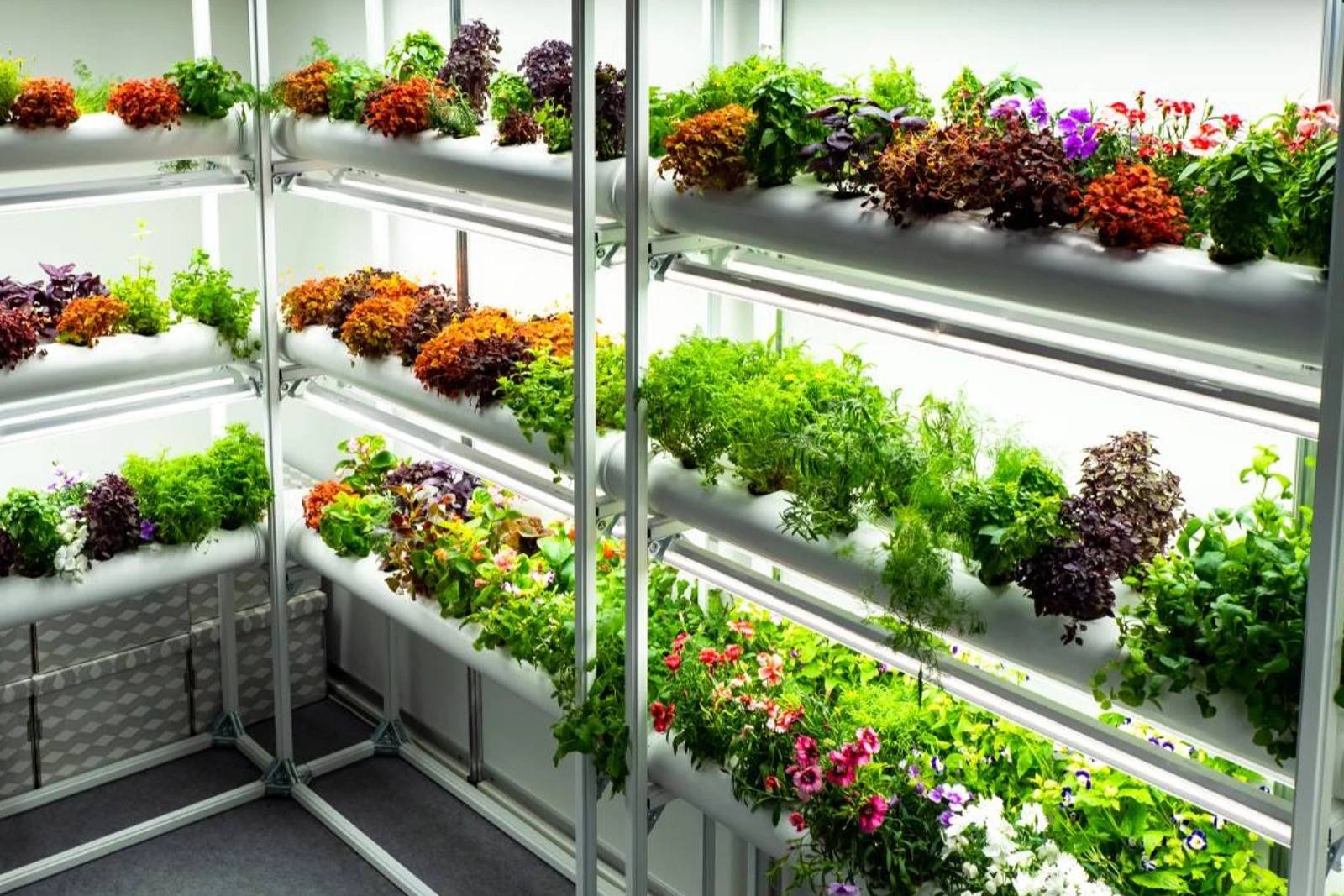
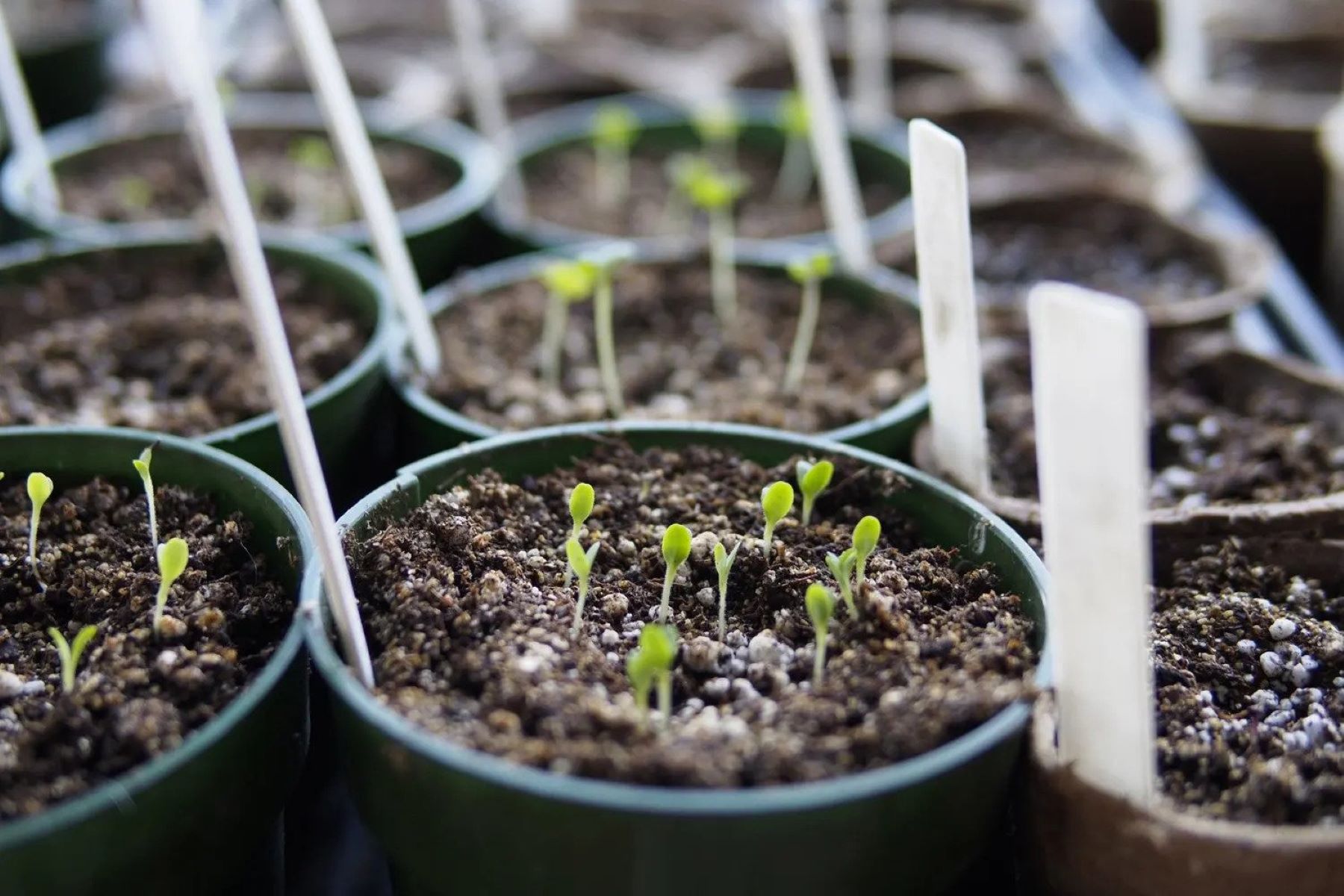
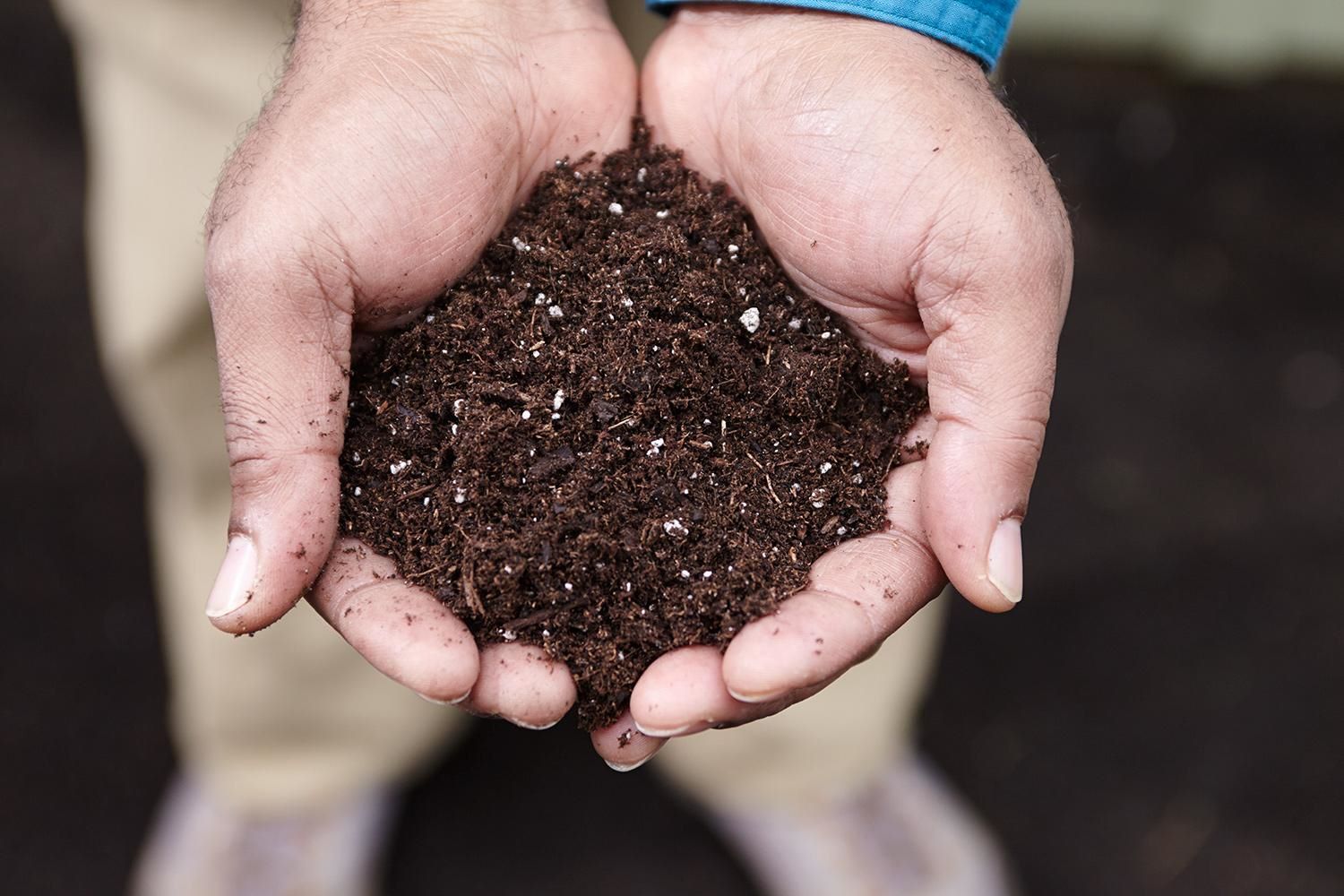
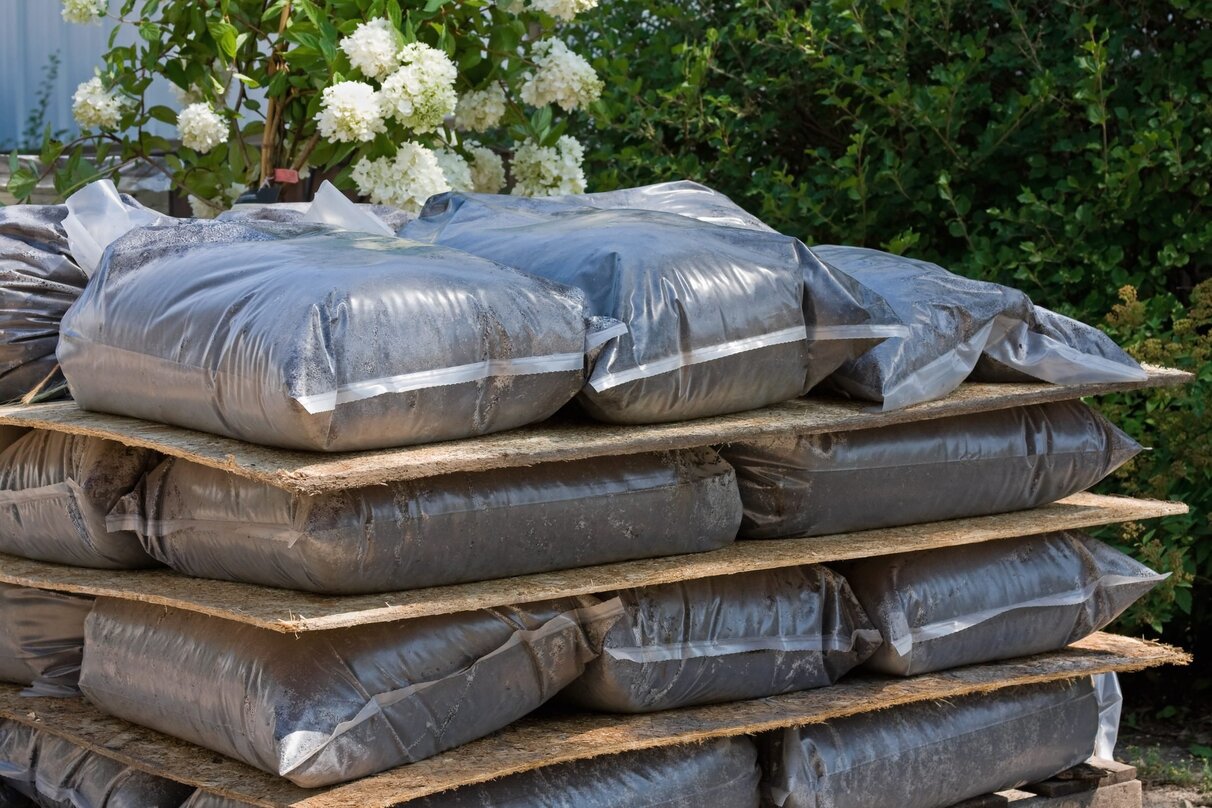

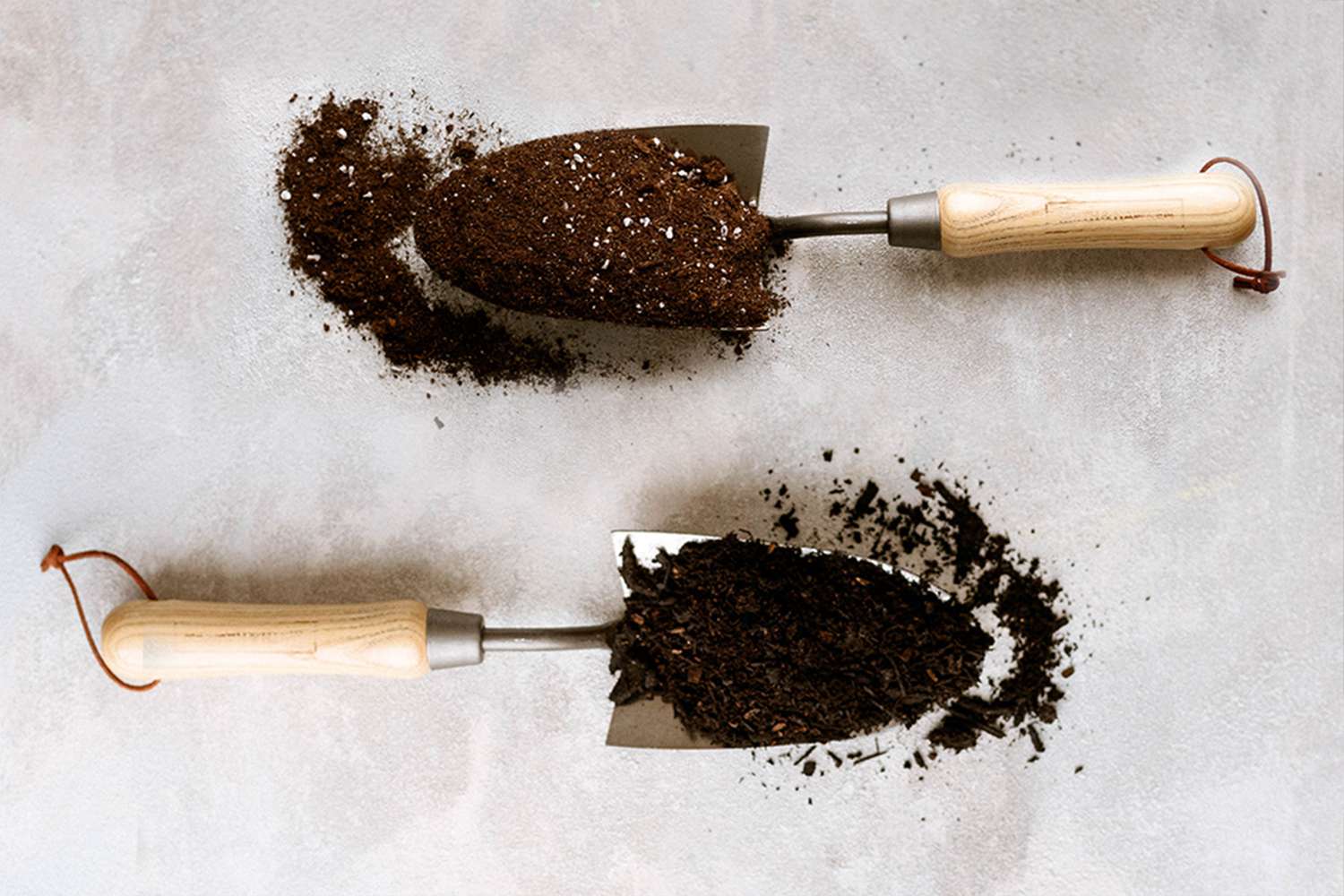
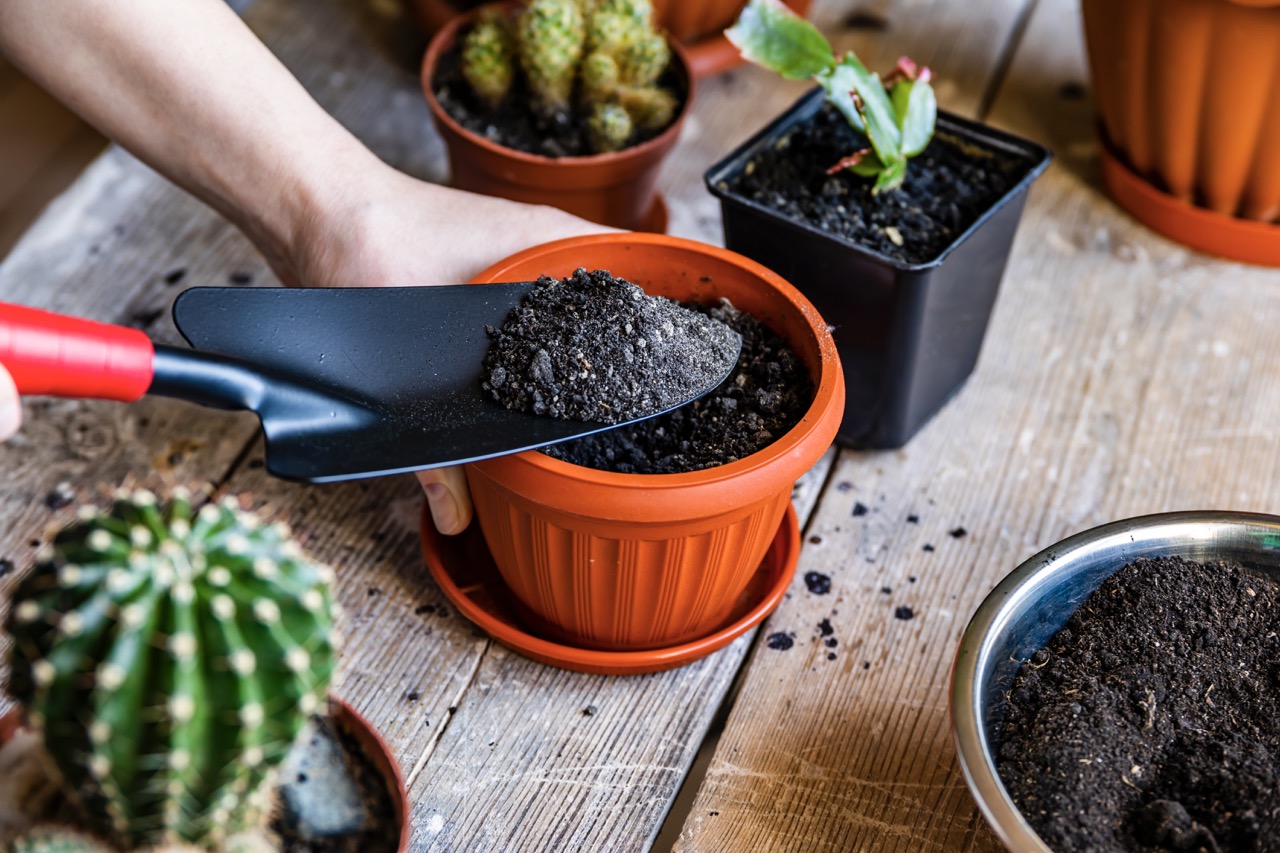
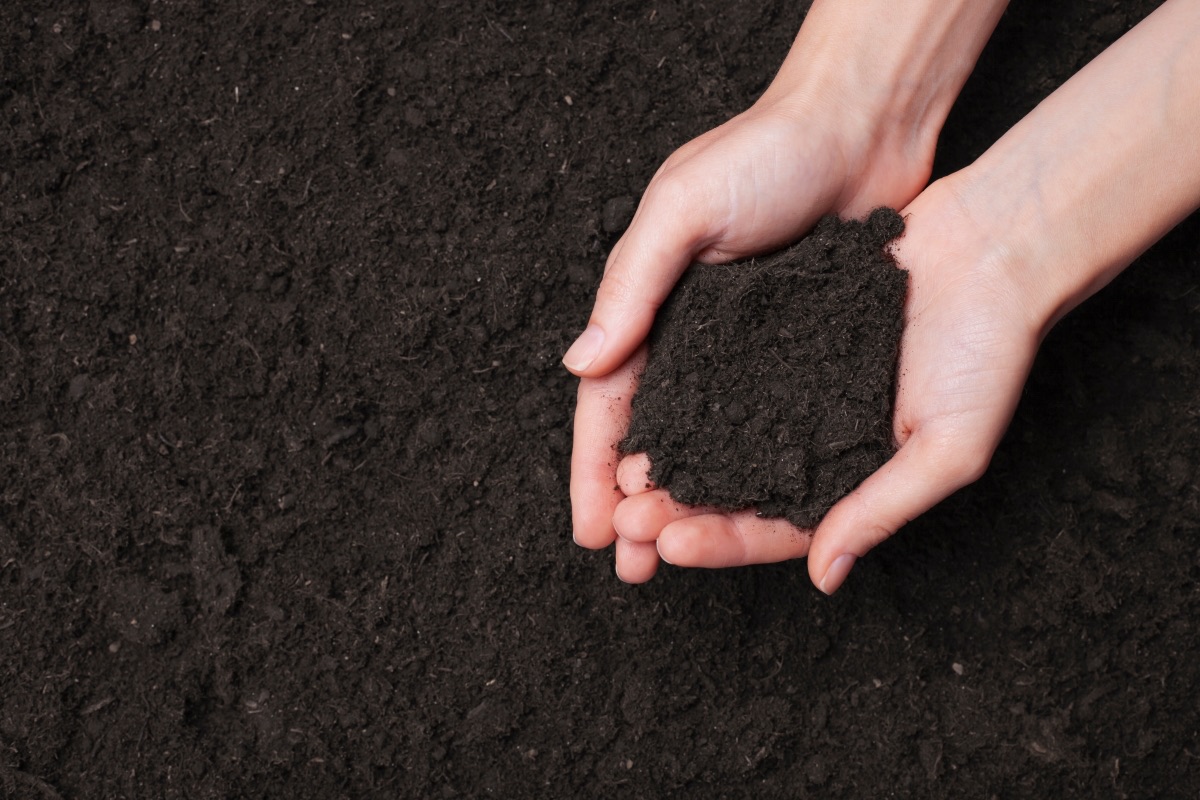
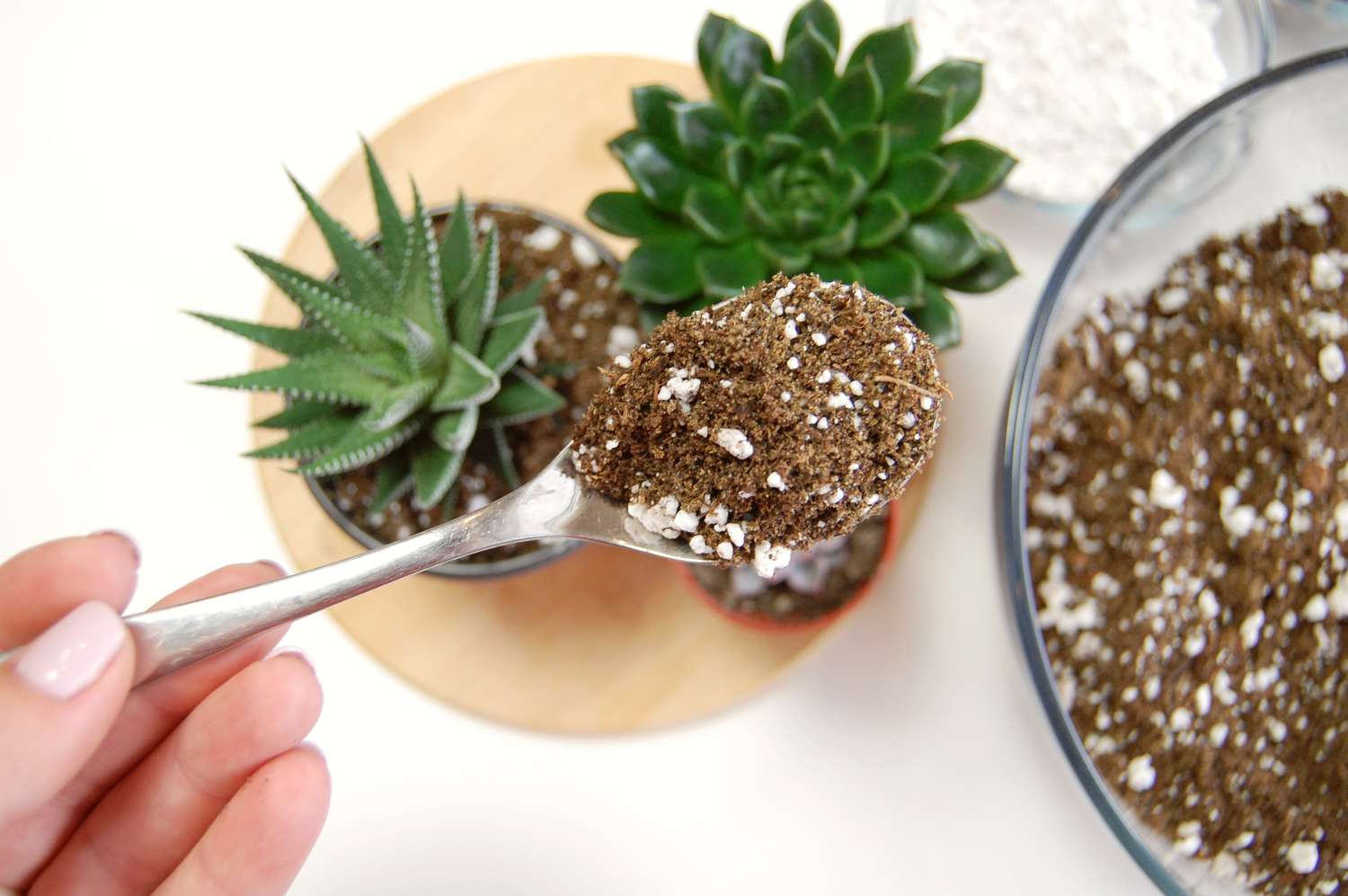
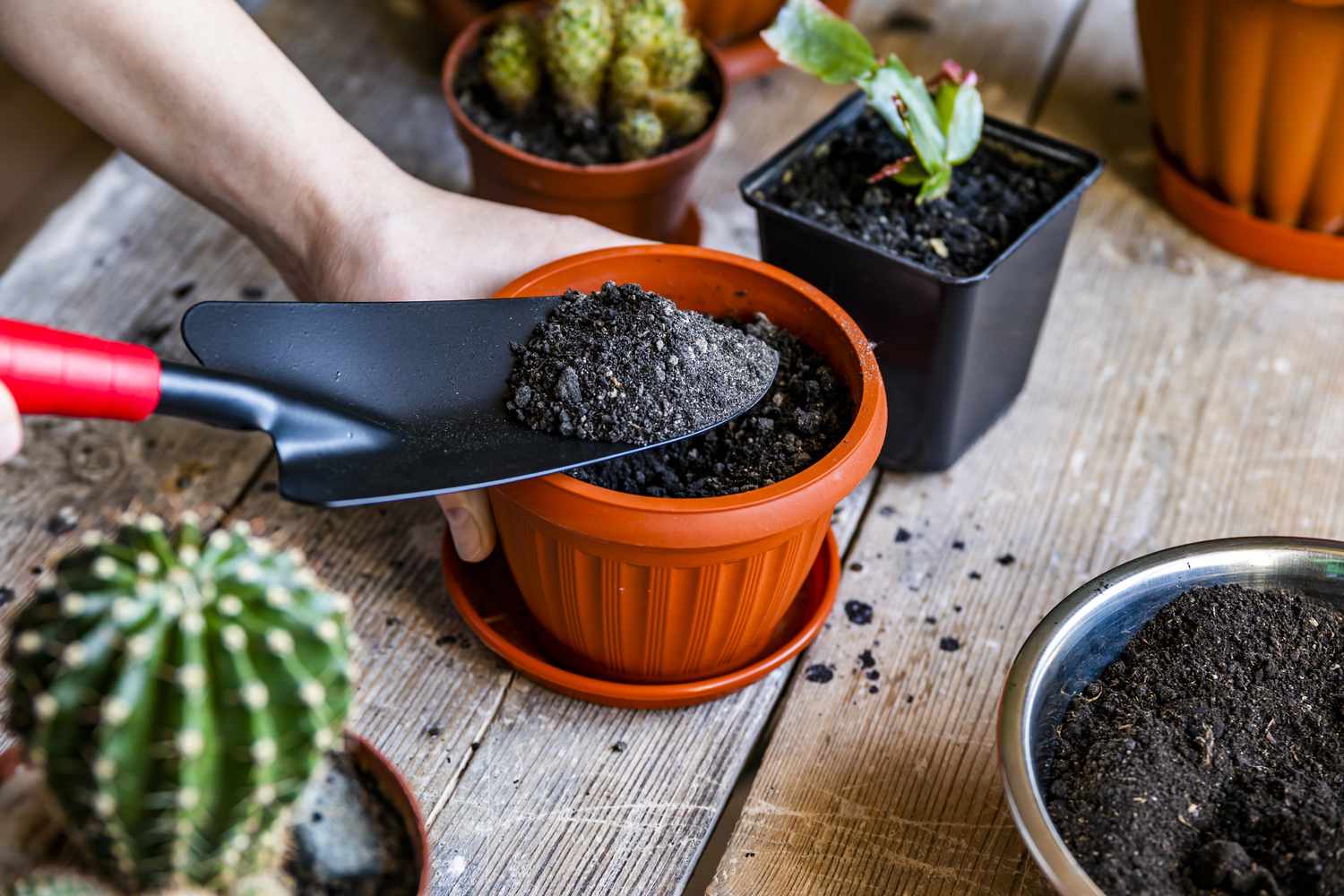
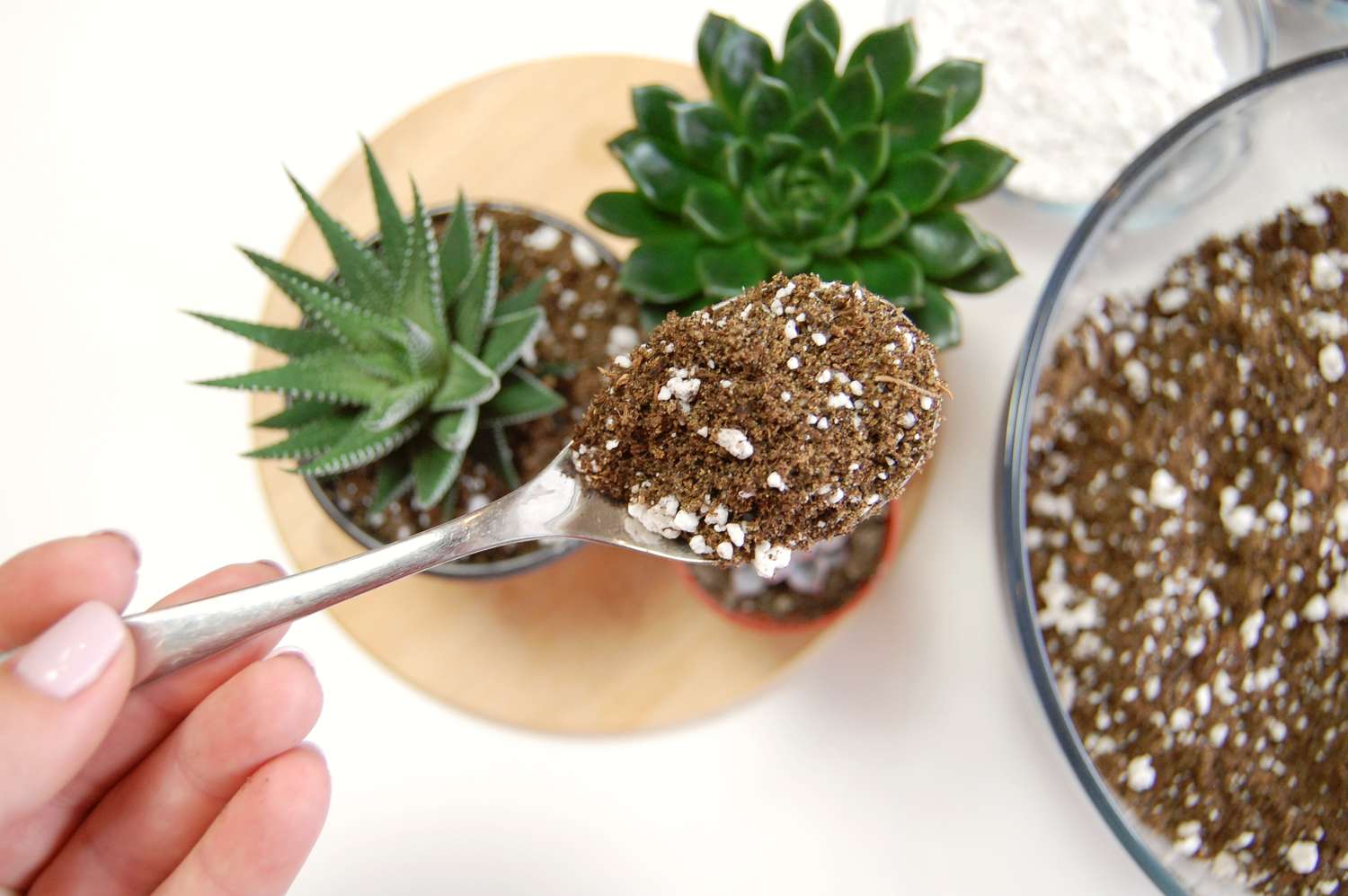
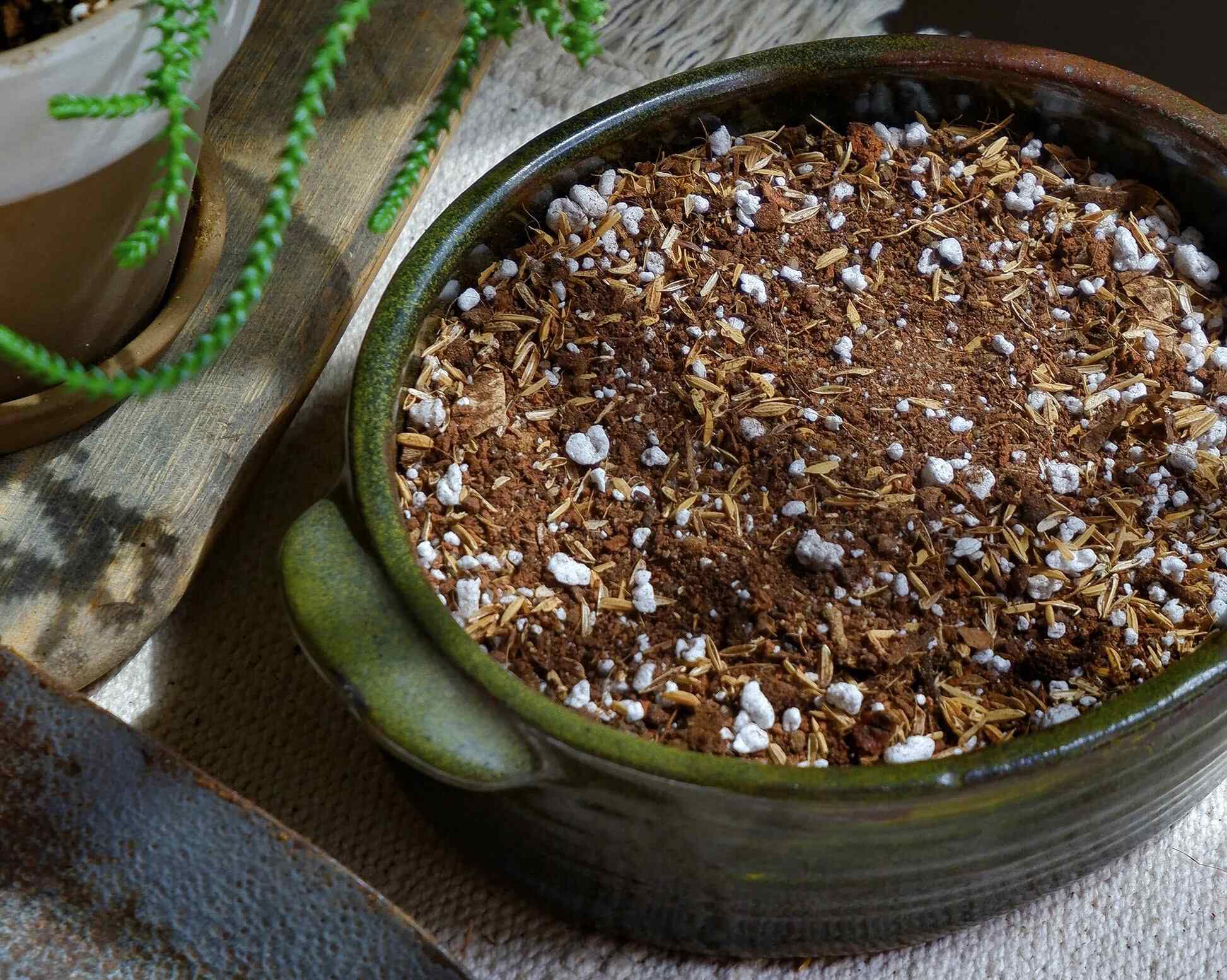
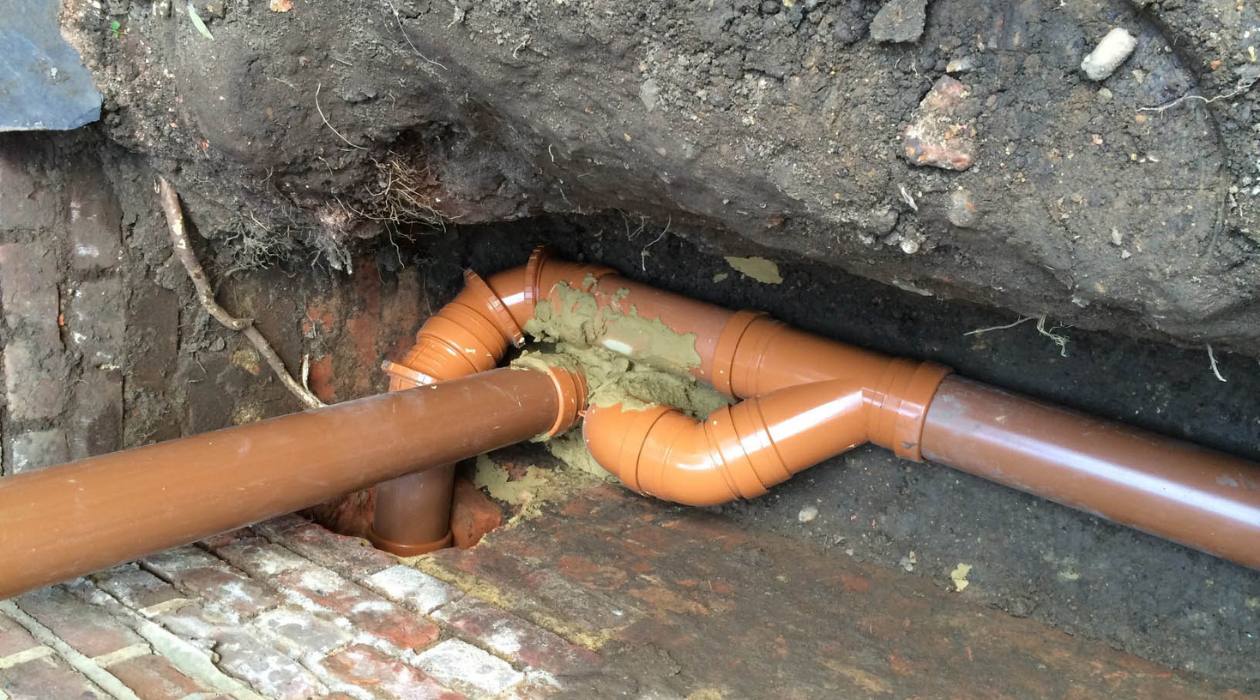
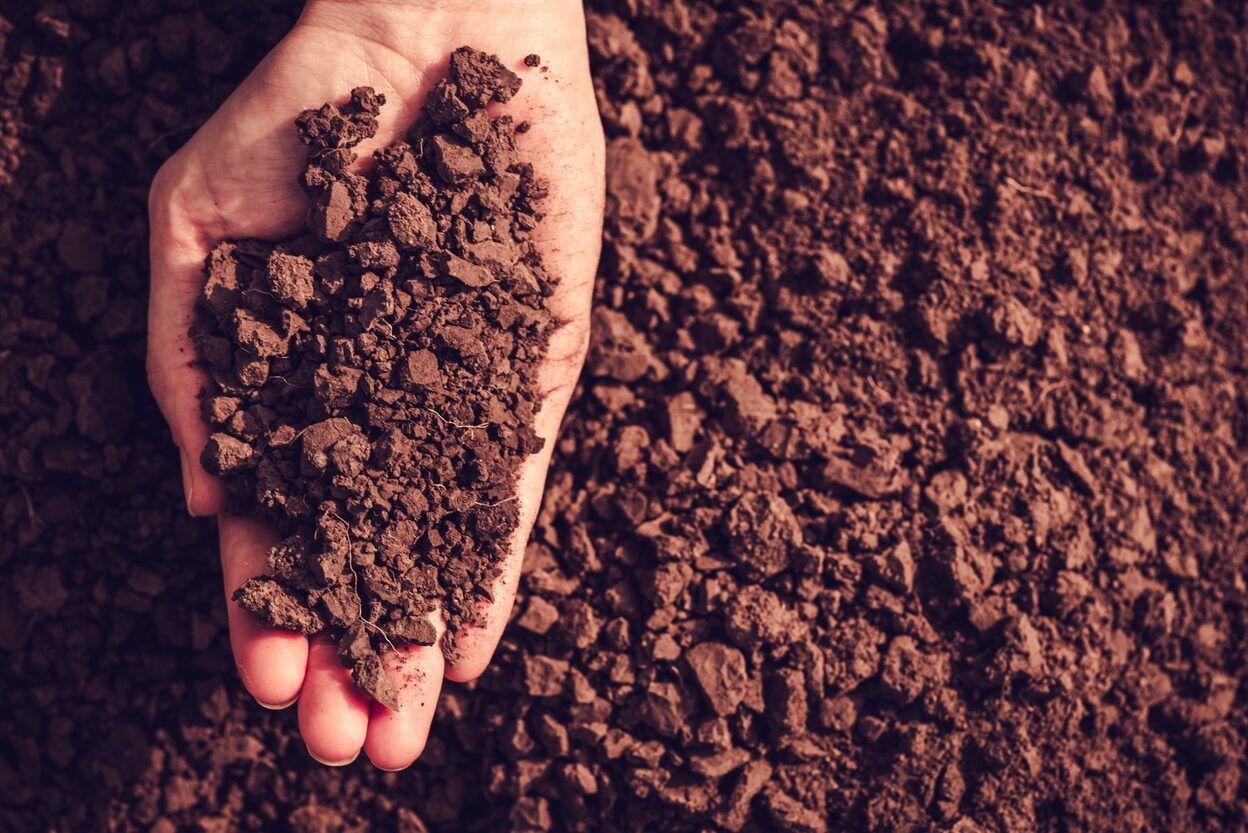

0 thoughts on “What Is Garden Soil”